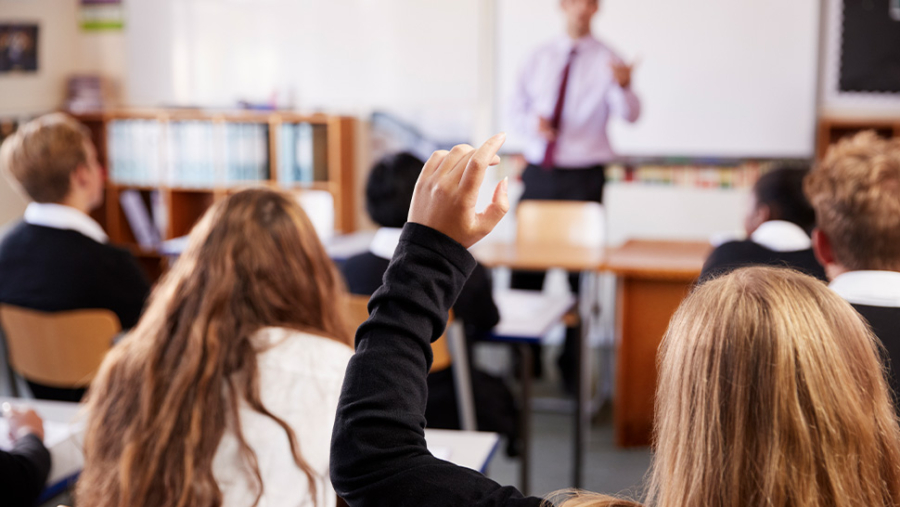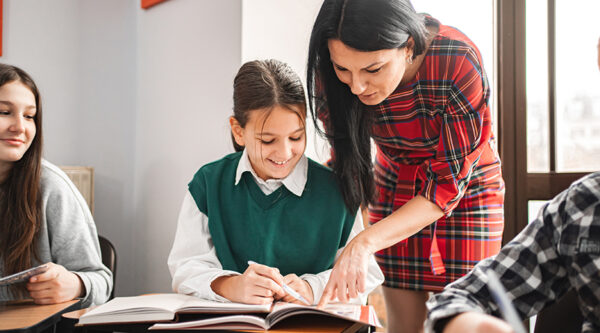

The Department for Education (DfE) has updated its guidance note ‘Health and safety: responsibilities and duties for schools’, which applies to academies and free schools, maintained schools, independent schools, and non-maintained schools.
Who is responsible?
Pupils must be safe both in school and when undertaking out of school activities. The law and the DfE recognise that children must be able to go on school trips and undertake activities outside of the classroom. The school remains responsible for their health and safety. To ensure that this responsibility is met, risk management which is proportionate to the nature of the activities undertaken by pupils must be carried out.
Accountability for the health and safety of staff and pupils falls on the employer, or, in the case of an independent school, the proprietor. An individual must be appointed to take responsibility for ensuring that health and safety duties are met. This person could be one or more staff members. However, in most cases the headteacher and management team are usually responsible for arranging for risks to be managed effectively.
Although there will be certain individuals who take accountability for health and safety, all staff must receive health and safety information and training, including how to assess specific risks and meet their own roles and responsibilities.
In addition, all employees of the school must take care of their own health and safety and that of others who may be affected by what they do at work. They must also co-operate with their employer on health and safety matters, act in accordance with training and instructions, and notify the relevant person of any serious and immediate danger.
Health and safety policy
All schools must have a health and safety policy in place which identifies which staff members are responsible for overall management of health and safety in the school setting. This policy sets out the general arrangements for assessment and monitoring of the health and safety risk in the school’s operations, both inside and outside school premises. The health and safety policy should be split into four areas:
- Plan: your school leaders should set the direction for effective health and safety management
- Do: management systems and practices should be used to ensure that risks are dealt with sensibly and proportionately
- Check: monitoring and reporting
- Act: a formal management review of health and safety performance
The DfE guidance contains a useful list of suggestions of matters to be included in a health and safety policy, which should be reviewed at least annually and updated in line with thorough risk assessments as risks are reduced and introduced.
Risk assessment
The school must identify hazards, assess the risks arising from those hazards and then establish measures to control those risks. Such risk assessments must address the risks to the health and safety of pupils, employees and other persons. Any risk assessment is a ‘living document’ which should identify hazards, how people might be harmed by them, and how to control the risk as circumstances and public health advice changes. You will need to consider the risks that may arise during the school day, including anything related to the school premises or delivery of its curriculum on and off site.
A risk assessment should be regularly reviewed, especially if there is any reason to suspect that it is no longer valid, or if there has been a significant change in circumstances.
The DfE guidance, not surprisingly, given the Covid-19 pandemic, includes particular reference to managing public health incidents. You need to ensure that a risk assessment has been undertaken to identify measures needed to reduce risks from public health incidents, so far as is reasonably practicable.
Some types of control are more effective at reducing infection risks than others. Rather than simply adopting the easiest control measure to implement, risk reduction measures should be assessed in order of priority as set out below:
- Elimination: stop non-essential activity if there are risks attached
- Substitution: replace the activity with another that reduces the risk
- Engineering controls: design measures that help control or mitigate risk
- Administrative controls: identify and implement the procedures to improve safety
- Personal protective equipment should be used
We would add that it is important that schools have plans in place to respond appropriately to any incident related to school security, including controlling access and barring individuals from the school premises where necessary. Some of the health and safety emergency procedures which you should consider include:
- Serious injury to a pupil or member of staff, such as a transport accident
- Significant damage to school property
- Criminal activity
- Severe weather
- Public health incidents, such as a flu pandemic
- The effects of a disaster in the local community
Practical steps
Your school will go a long way to discharging its statutory duty by putting in place a robust health and safety policy and making staff aware of it. You should also make sure effective training is provided to all staff.
In our experience, training of staff ‘on the ground’ and allowing them to discuss health and safety with management are two of the best ways to ensure health and safety in education. Teachers, classroom assistants, kitchen and maintenance staff are best placed to spot risks, deal with them immediately and report them so that others can address them in formal risk assessments.
The DfE guidance specifically reminds schools that their health and safety duty extends beyond school premises when off-site activities are undertaken. In our experience, off-site activities should be very carefully risk assessed before they are embarked upon and staff should be trained to be vigilant in identifying risk throughout the time pupils are away from school premises.
You should also keep up to date with government updates on the Covid-19 pandemic. As it becomes a virus that we learn to live with, we are seeing a move away from stringent restrictions in favour of advice and targeted interventions to reduce risk. Therefore, you should consider Covid-19 as one risk amongst others in relation to health and safety risk assessments and managing risk.
If a school’s own health and safety arrangements are inadequate, schools risk the local authority using its powers to investigate and prosecute health and safety offences relating to school premises, or school activities taking place elsewhere. The local authority has these powers in respect of community schools, voluntary controlled schools, community special schools, maintained nursery schools and pupil referral units. It is therefore important to ensure that your practices are suitable and adequate.










